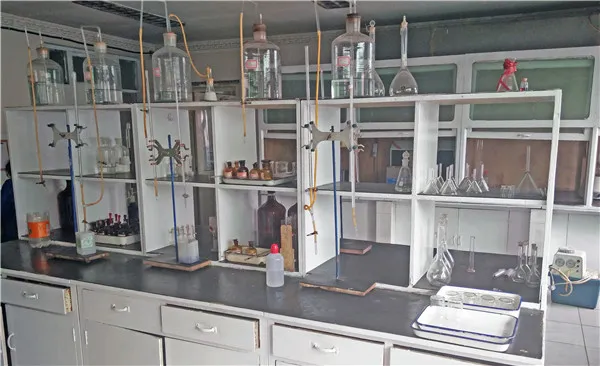The Role of Dimethylurea in Chemical and Biological Applications
Dimethylurea, a derivative of urea, is an organic compound with the chemical formula (CH3)2N2O. It possesses a unique structure that makes it an essential compound in various chemical and biological applications. This article explores the properties, synthesis, uses, and significance of dimethylurea in different fields.
Chemical Properties
Dimethylurea is a white crystalline solid with a melting point of approximately 132 °C and a boiling point of around 165 °C. It is soluble in water, methanol, and ethanol. Being a small molecule, dimethylurea exhibits a relatively simple structure comprising two methyl groups attached to a urea functional group. Its polar nature allows it to interact with different substances, making it a valuable compound for various applications.
Synthesis of Dimethylurea
The synthesis of dimethylurea can be achieved through several methods. One of the most common approaches is reacting urea with dimethyl sulfate or dimethyl carbonate. The reaction involves a nucleophilic substitution process, where the sulfur or carbon atom of the reagent replaces one of the hydrogen atoms in urea, resulting in the formation of dimethylurea. Additionally, dimethylurea can also be synthesized through the reaction of urea with methylamine, showcasing its versatility in terms of synthetic routes.
Applications in Agriculture
One of the prominent applications of dimethylurea is in the agricultural sector, where it serves as a nitrogen source in fertilizers
. Nitrogen is a critical nutrient for plants, promoting growth and increasing crop yields. Dimethylurea, when used in fertilizers, releases nitrogen slowly, providing a sustained nutrient supply to plants over an extended period. This slow-release mechanism enhances soil quality and reduces the risk of nutrient leaching into water bodies, which can lead to environmental pollution.dimethylurea

Role in Biochemistry
In biochemistry, dimethylurea is often utilized as a reagent in various chemical reactions. It serves as a precursor for several biologically active compounds. For instance, it can be converted into dimethylthiourea, a compound with applications in medicinal chemistry. Dimethylthiourea has been studied for its potential therapeutic effects, including its role as a hepatoprotective agent. The ability of dimethylurea to serve as a building block for more complex molecules highlights its significance in biochemical research.
Pharmaceutical Applications
Moreover, the pharmaceutical industry recognizes the potential of dimethylurea in drug development. It has been explored for its role in the synthesis of anti-inflammatory and anticancer agents. Compounds derived from dimethylurea have shown promising results in preclinical studies, presenting a pathway for future therapeutic agents. Researchers are continually investigating its pharmacological properties to understand its mechanisms of action better and evaluate its efficacy in treating various diseases.
Environmental Considerations
While dimethylurea is valuable in many applications, understanding its environmental impact is crucial. Its use as a fertilizer raises concerns about potential environmental contamination, particularly concerning the leaching of nitrogen compounds into groundwater. Proper management and application methods are essential to mitigate any adverse effects on ecosystems. Additionally, research into biodegradable alternatives to dimethylurea is ongoing, aiming to reduce its ecological footprint while maintaining its agricultural benefits.
Conclusion
In summary, dimethylurea is an essential compound with diverse applications across agriculture, biochemistry, and pharmaceuticals. Its unique chemical properties allow it to serve as a crucial nitrogen source in fertilizers, a building block for biologically active compounds, and a potential source for drug development. As science continues to evolve, the exploration of dimethylurea's capabilities and its impact on health and the environment remains a topic of significant interest. Understanding and harnessing the potential of dimethylurea will likely lead to beneficial innovations across multiple disciplines, emphasizing the importance of this compound in both industrial and research settings.

